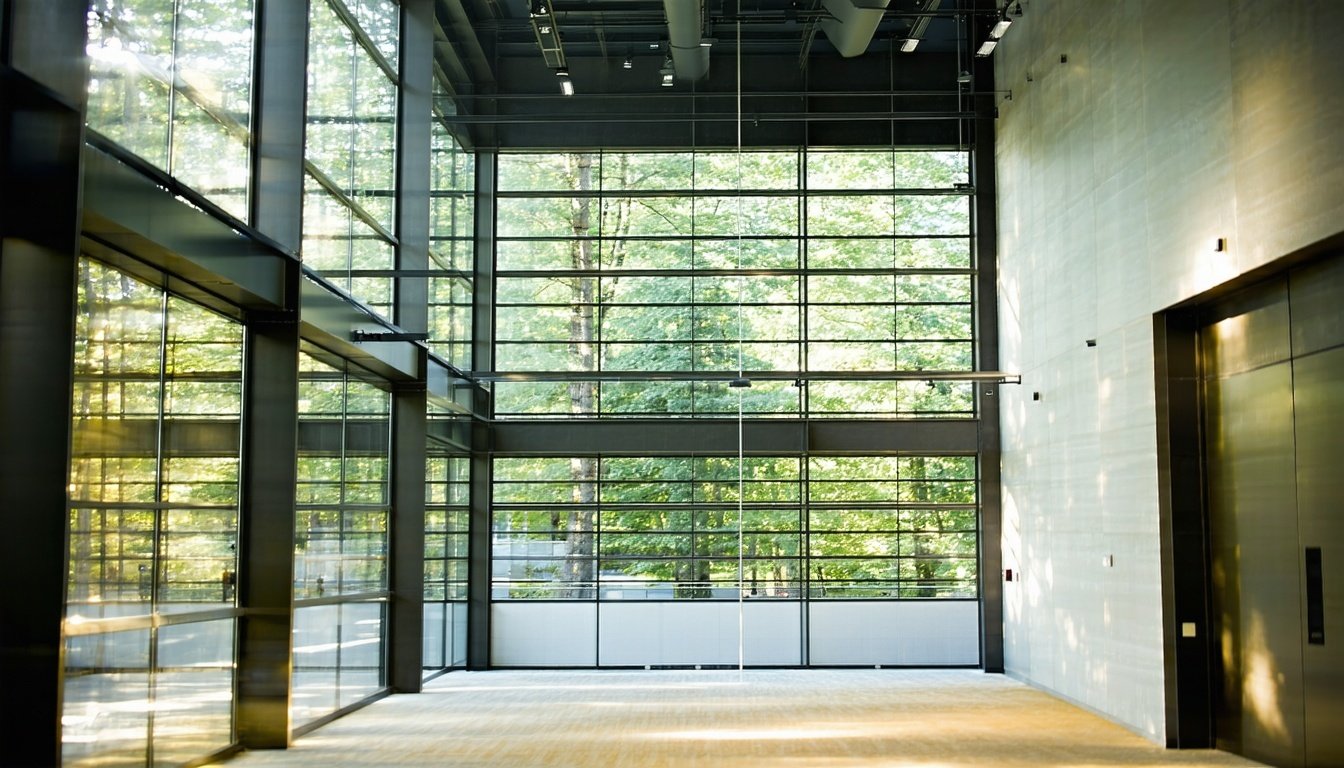Harnessing natural light is not only an aesthetic choice in modern construction, but a pivotal factor in achieving Green Star and NCC compliance.
Why daylight modelling is required for Green Star credits
Daylight modelling plays a critical role in obtaining Green Star credits, which are awarded by the Green Building Council of Australia (GBCA) to promote environmentally sustainable building practices. By demonstrating how well a building design maximises natural light, daylight modelling helps achieve points in the 'Indoor Environment Quality' category. This not only enhances occupant comfort and well-being but also reduces the dependence on artificial lighting, lowering energy consumption and operational costs.
Incorporating daylight modelling into the design phase allows architects and engineers to optimise window placements, glazing types and shading devices. This ensures optimal daylight penetration while mitigating glare and heat gain, which are essential considerations for earning Green Star credits.
The role of daylight modelling in meeting NCC performance standards
The National Construction Code (NCC) sets stringent performance standards for building design and construction in Australia, including requirements for natural lighting. Daylight modelling is an indispensable tool for demonstrating compliance with these standards. It provides a detailed analysis of how natural light will penetrate and distribute within a building, ensuring that minimum daylight levels are met throughout the interior spaces.
By using advanced simulation software, daylight modelling can predict the performance of various design elements under different conditions. This helps designers make informed decisions that align with the NCC’s energy efficiency and liveability benchmarks, ensuring that projects not only meet but exceed regulatory expectations.
How daylight modelling improves sustainability ratings
Daylight modelling significantly contributes to higher sustainability ratings by facilitating the design of energy-efficient buildings. Natural daylight reduces the need for artificial lighting, which in turn lowers electricity consumption and greenhouse gas emissions. This aligns with the broader goals of sustainability frameworks like Green Star and NABERS, which aim to minimise the environmental impact of buildings.
Moreover, effective daylighting enhances indoor environmental quality, contributing to the health and productivity of occupants. Buildings that achieve high daylight performance are often seen as more attractive to tenants and buyers, adding value to the property and supporting long-term sustainability goals.
Common compliance issues daylight modelling helps resolve
One common compliance challenge that daylight modelling addresses is ensuring that all occupied spaces receive adequate natural light throughout the day. This is particularly important for large commercial buildings where interior spaces can be far from external windows.
Daylight modelling also helps resolve issues related to glare control and thermal comfort. By simulating various lighting scenarios, designers can implement solutions such as adjustable shading devices and high-performance glazing, which balance natural light with occupant comfort. Additionally, it aids in achieving compliance with energy performance criteria by reducing reliance on artificial lighting.
Why Certified Energy is the right partner for daylight modelling compliance
Certified Energy is a leading provider of daylight modelling compliance assessments in Australia. Our team of experienced professionals leverages state-of-the-art software and industry best practices to deliver accurate and actionable insights. We understand the intricacies of both Green Star and NCC requirements, ensuring that your projects meet all necessary compliance standards.
With a proven track record in environmental sustainability design, Certified Energy is committed to helping you achieve higher sustainability ratings and regulatory compliance. Our comprehensive daylight modelling services not only support compliance but also enhance the overall quality and efficiency of your building projects.







